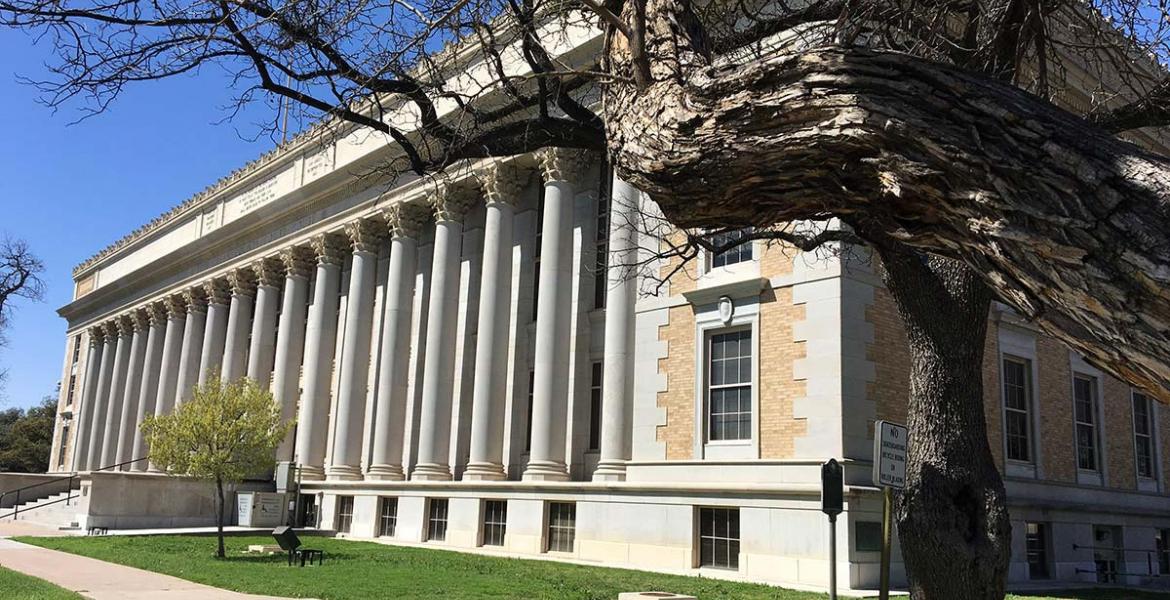OPINION — The Texas highway funding gap remains an unsolved problem that impacts the entire state, including San Angelo and the Concho Valley.
Texas adds more than 1,000 new residents every day, and most bring vehicles with them. They don’t, however, bring more roads to accommodate the added number of cars and trucks.
The state’s population is projected to increase 50 percent by the time a child born this year graduates from high school. That translates to 14 million more Texans by 2035 – equal to the current combined populations of the Dallas-Fort Worth and Houston metropolitan areas.
One of the most difficult challenges facing our growing state is maintaining and expanding a highway system in the face of such a population boom, aging roadways and the rapidly expanding number of heavy trucks, all while keeping the Texas economy thriving.
A decade ago, the Texas Transportation Commission’s 2030 Committee concluded the state needed more than $5 billion a year in additional funding just to maintain current traffic conditions. The comprehensive Texas Transportation Plan 2040 also concluded about $5 billion a year in additional funding will be needed just to keep congestion and road safety from worsening.
In 2014 and 2015, voters statewide approved propositions 1 and 7, two state constitutional amendments that will dedicate about $5.3 billion a year in sales taxes and in oil and gas production taxes to highway improvements. Both of these revenue streams have the potential to grow in future years.
The Legislature also ended the practice of diverting about $600 million a year from the highway fund to non-transportation purposes. However, $5.3 billion in 2020 has far less buying power than the $5 billion gap identified in 2009.
The decisions to redirect existing state revenues to highways have gone a long way toward dealing with Texas’ highway funding shortfall. Utilizing new funding, in addition to traditional fuel taxes and vehicle registration fees, the Texas Department of Transportation anticipates it will award $6 billion to $7 billion a year in highway contracts over the next 10 years. But that will be true only if lawmakers stay the course.
A lot more must be done to meet Texas’ long-term transportation funding needs. TxDOT’s San Angelo district alone has 20 unfunded projects that will cost more than $350 million. Many of those projects are made necessary because of the impact of oil-and-gas traffic on our region’s roadways.
Statewide the list of needed but unfunded projects on the 10-year planning horizon exceeds $60 billion. Without a set of predictable, long-term financing sources and tools, hundreds of projects designed to get traffic moving will remain unfunded for many more years.
When legislators established propositions 1 and 7, they included potential termination dates for those funds unless extended by lawmakers. Unless lawmakers act, Prop 1 will expire in just five years. Sections of Prop 7 funding are set to expire in 2029 and 2032. In its recent interim report, the Texas House Transportation Committee recommended all three termination dates be removed.
Highway mobility and safety in Texas will deteriorate dramatically if these critical transportation revenue sources expire. The Legislature should vote this year to eliminate or extend these expiration dates.
The voters of Texas did their job by approving Prop 1 and Prop 7 by more than 80 percent. Preserving them should be an easy call for our state lawmakers. Let’s urge our state lawmakers to unlock gridlock in Texas.
Subscribe to the LIVE! Daily
Required






Post a comment to this article here: